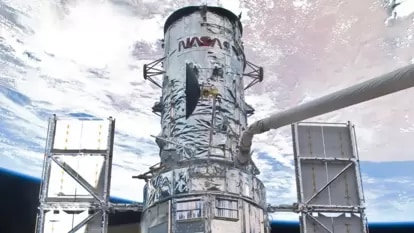NASA Astronomy Picture of the Day 22 February 2023: Sun trouble for Earth
NASA's Astronomy Picture of the day is a snapshot of the solar activity rising on the surface of the Sun.

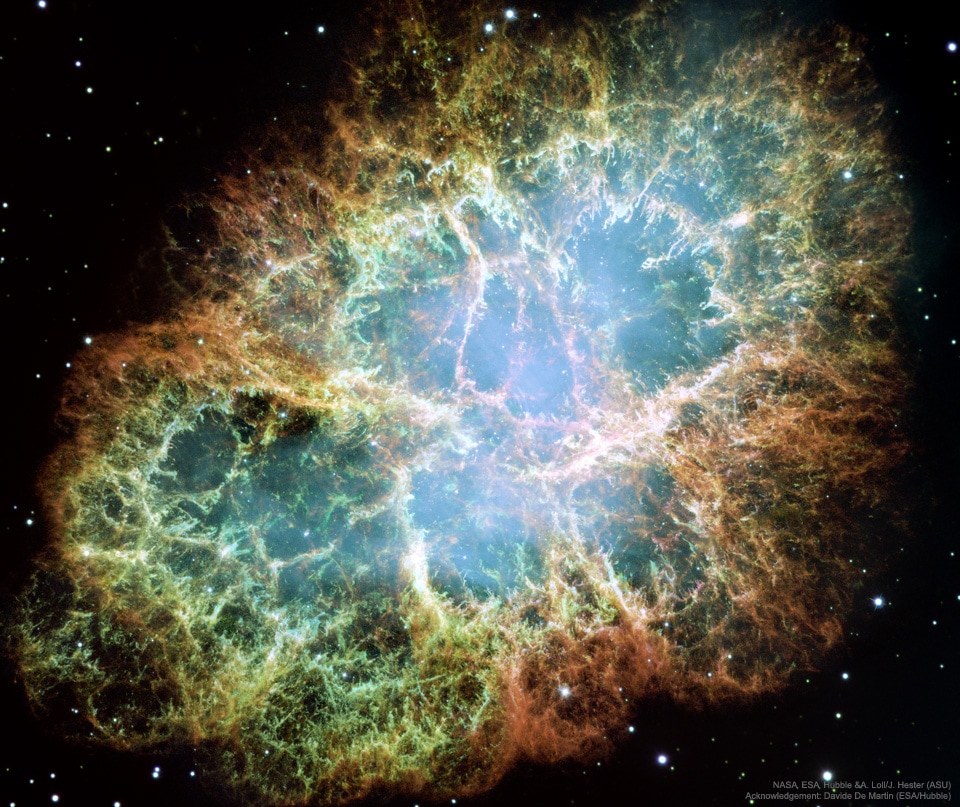
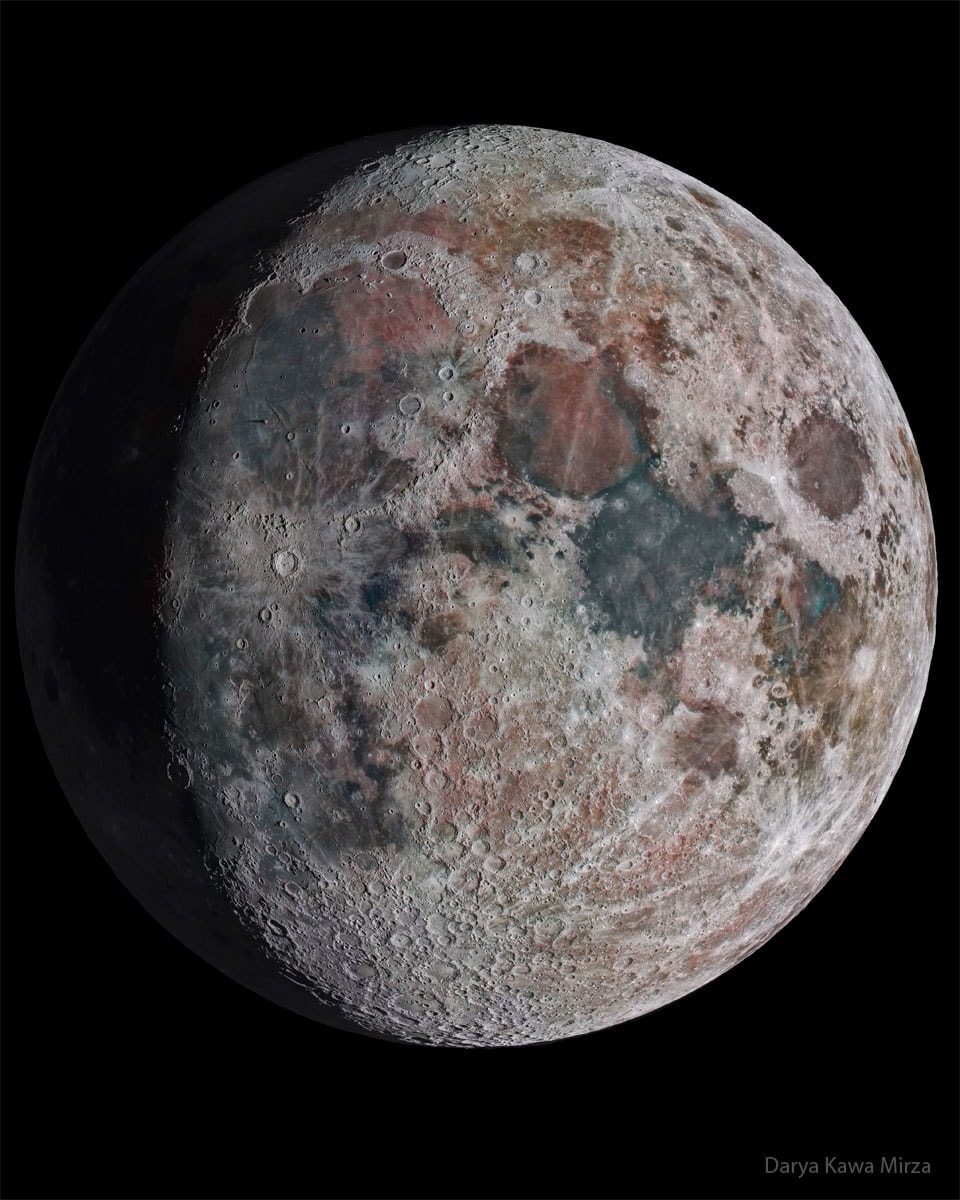
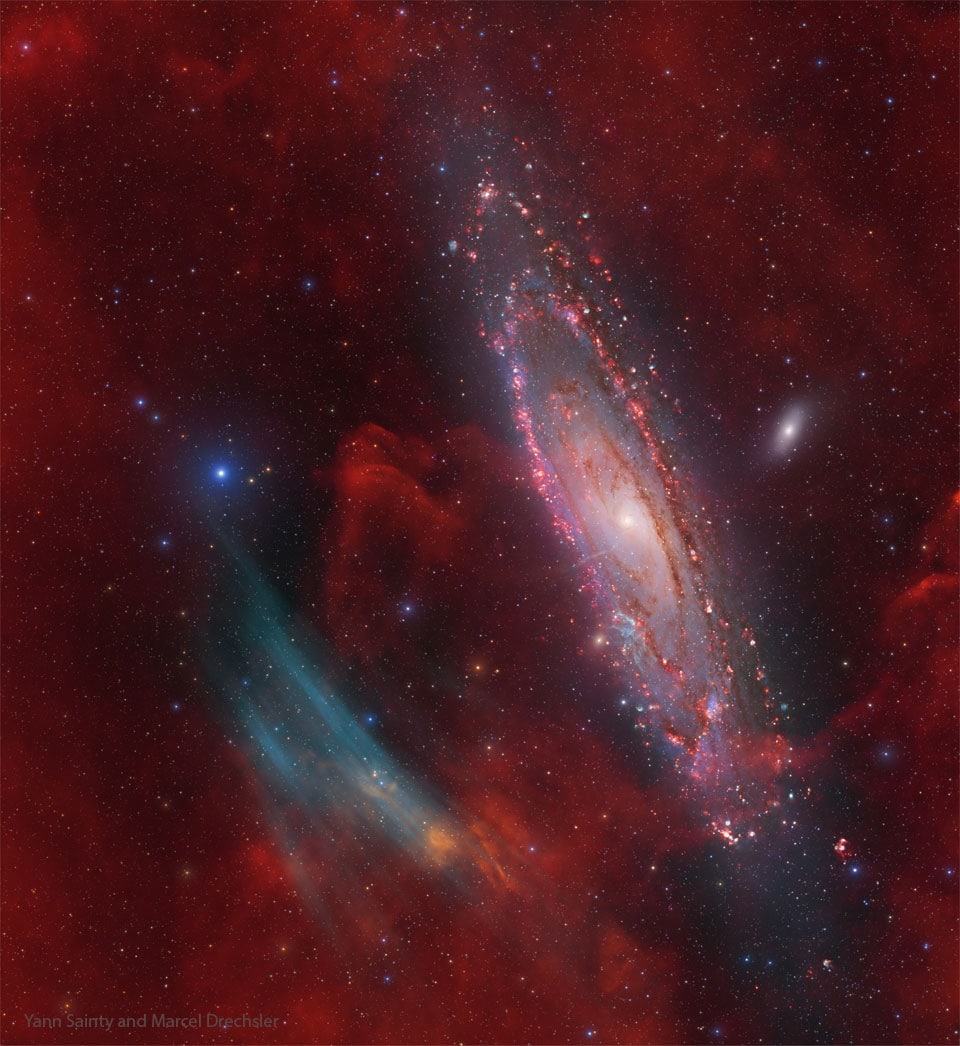
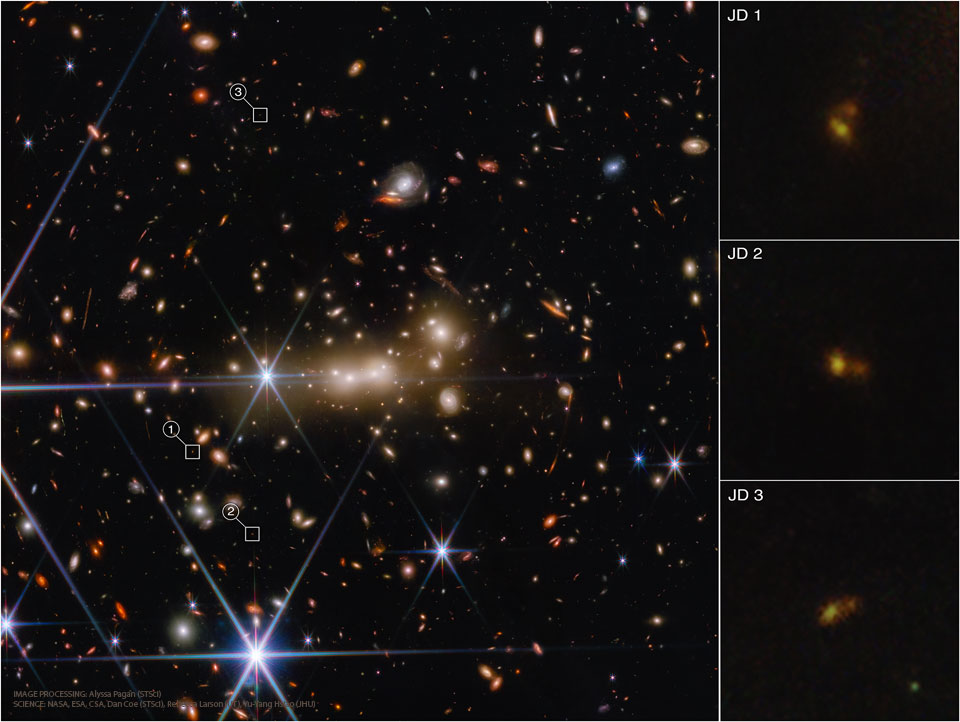
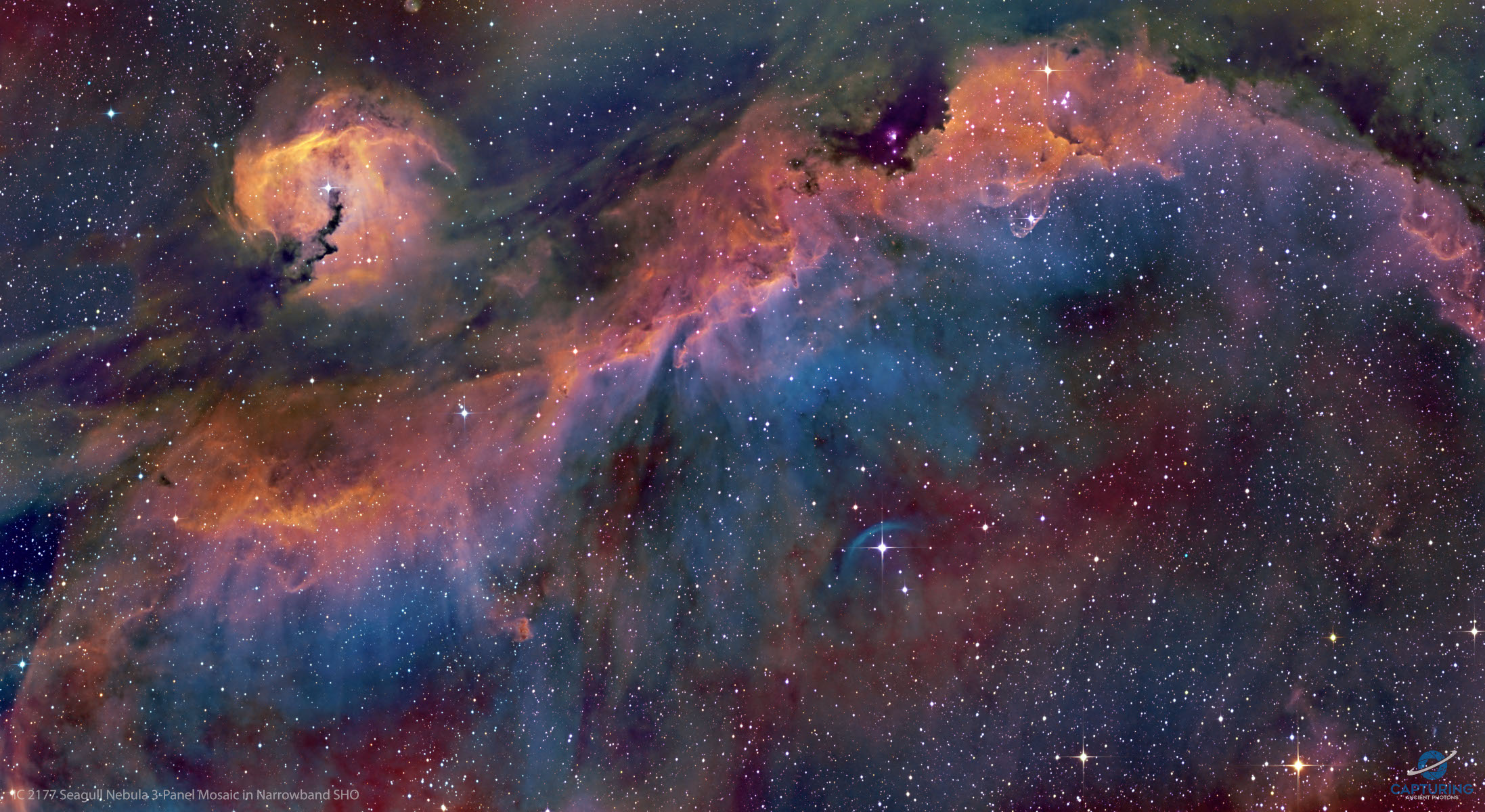
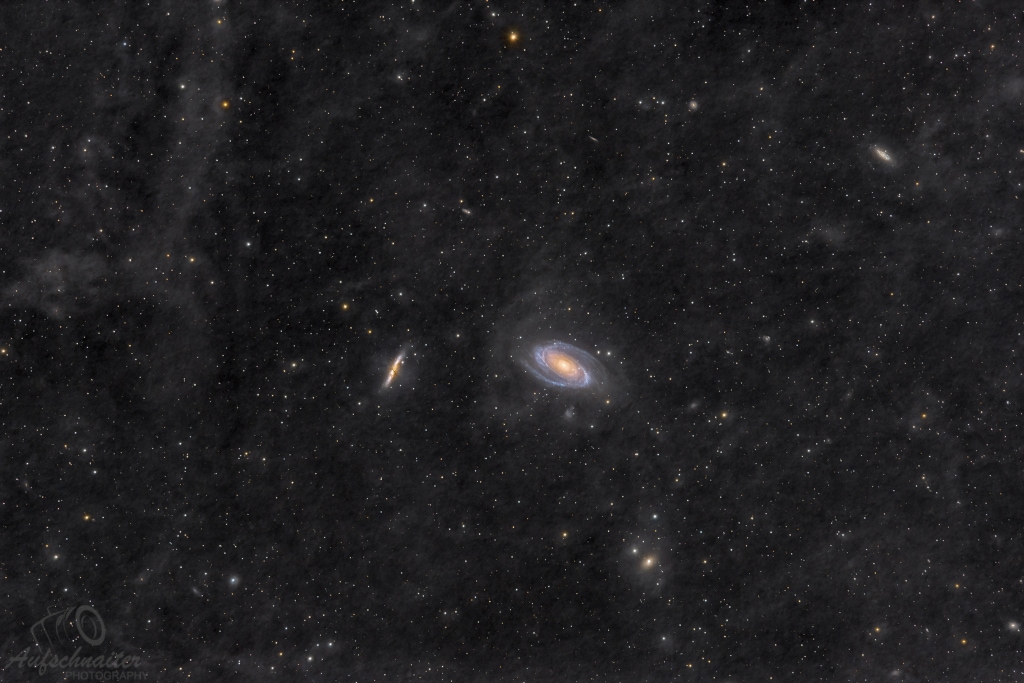
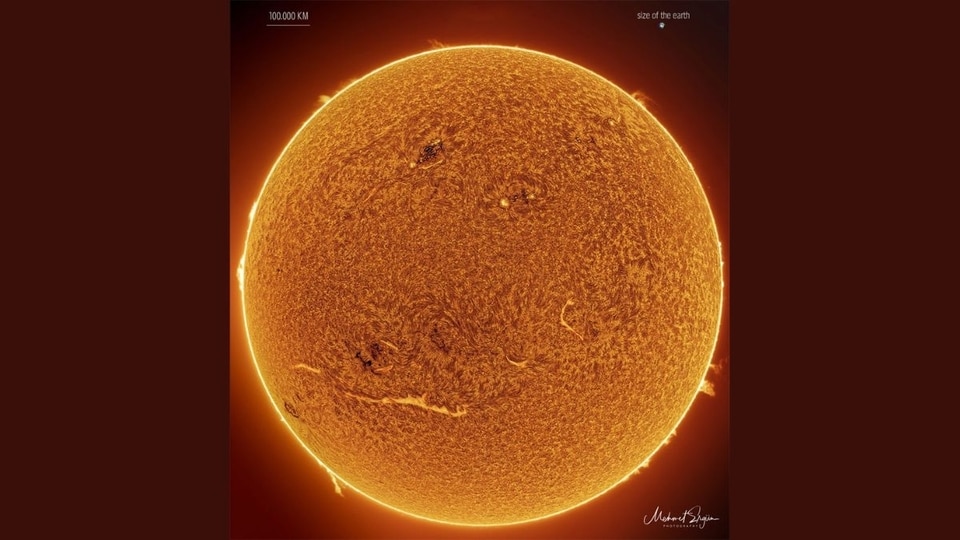
 View all Images
View all ImagesThe Sun's Solar cycle 25 commenced in 2019, and it is anticipated to reach its zenith in July 2025. This is the primary cause of the Sun's recent outbursts. Flares, prominences, sunspots, coronal mass ejections are the common harbingers of solar activity, as are plages and other related phenomena seen at other wavelengths. Unfortunately, the Earth is in for a challenging period. A G5-class solar storm, which is the horrendously powerful, striking the Earth can lead to the damage to satellites, interference in wireless communications like internet, mobile phone network and GPS, as well as power grid failures. Terrifyingly, it can even disrupt electronics such as pacemakers.
NASA's Astronomy Picture of the Day is a snapshot of the rising activity on the surface of the Sun. This image was captured two weeks ago in a single colour of light known as Hydrogen Alpha and several interesting features can be pictured on the solar surface. Solar prominences can be observed being hurled out from the surface while the Sun's edges are brighter due to increased absorption of relatively cool solar gas.
The picture was captured by astrophotographer Mehmet Ergun.
NASA's description of the picture
Our Sun is becoming a busy place. Only two years ago, the Sun was emerging from a solar minimum so quiet that weeks would go by without even a single sunspot. In contrast, already this year and well ahead of schedule, our Sun is unusually active, already nearing solar activity levels seen a decade ago during the last solar maximum. Our increasingly active Sun was captured two weeks ago sporting numerous interesting features.
The image was recorded in a single color of light called Hydrogen Alpha, color-inverted, and false colored. Spicules carpet much of the Sun's face. The brightening towards the Sun's edges is caused by increased absorption of relatively cool solar gas and called limb darkening. Just outside the Sun's disk, several scintillating prominences protrude, while prominences on the Sun's face are known as filaments and show as light streaks. Magnetically tangled active regions are both dark and light and contain cool sunspots. As our Sun's magnetic field winds toward solar maximum over the next few years, whether the Sun's high activity will continue to increase is unknown.
Catch all the Latest Tech News, Mobile News, Laptop News, Gaming news, Wearables News , How To News, also keep up with us on Whatsapp channel,Twitter, Facebook, Google News, and Instagram. For our latest videos, subscribe to our YouTube channel.





